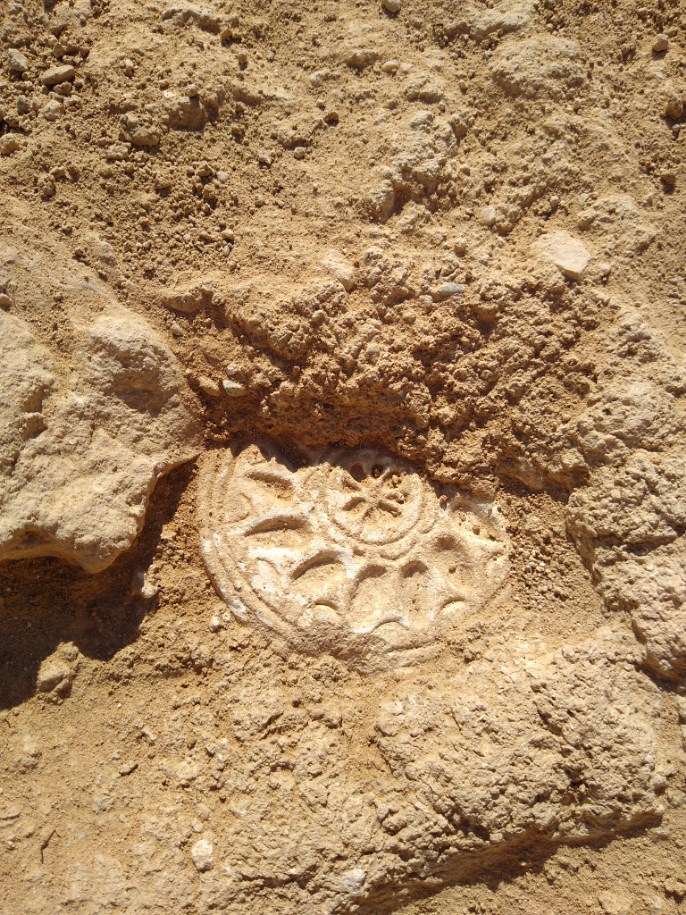(Guest post by Rose Gatlin)
The Vigla site is an interesting one, an ancient military fort situated on the grounds of a modern British military base. The excavation units of 2022 sit between a shooting range and a grenade range actively used by soldiers—as a result, we work on the whim and schedule of the British military, a schedule that is often subject to change. If the British soldiers decide they are shooting that day, the students and faculty working at Vigla must be elsewhere. The British military is indeed a strong presence, with about seven military helicopters flying over Vigla a day and base police coming to check permits at unknown times. As we excavate the Vigla fort, we view the consequences of thousands of years of military and colonial presence on the island of Cyprus, reaching from the Hellenistic times to our own. Indeed, at the Vigla site you can find both modern bullet casings and ancient lead sling bullets in the same twenty-foot radius.

However, perhaps unexpectedly for me, there is more to find at Vigla than objects of classic military significance. The two excavation units open for the 2022 season appear to be a domestic context, with both units yielding a plethora of objects. In only the first two weeks, six coins, intact ceramic eating ware, a beautiful bead perhaps made of lapis, and a decorated bread-stamp (we think!) have all been unearthed. In excavation unit 23, there were also enough ceramic remains to suggest there being a high volume of carrying amphorae. These items, when considered together, do not paint a picture of just simple military living. To me, it seems whoever inhabited this area of the Hellenistic military fort lived a life where there was some degree of abundance. It is a reminder that one could become a rich man in the military and find a large degree of power. This message seems particularly powerful on Cyprus, an island partially occupied by several foreign militaries.

